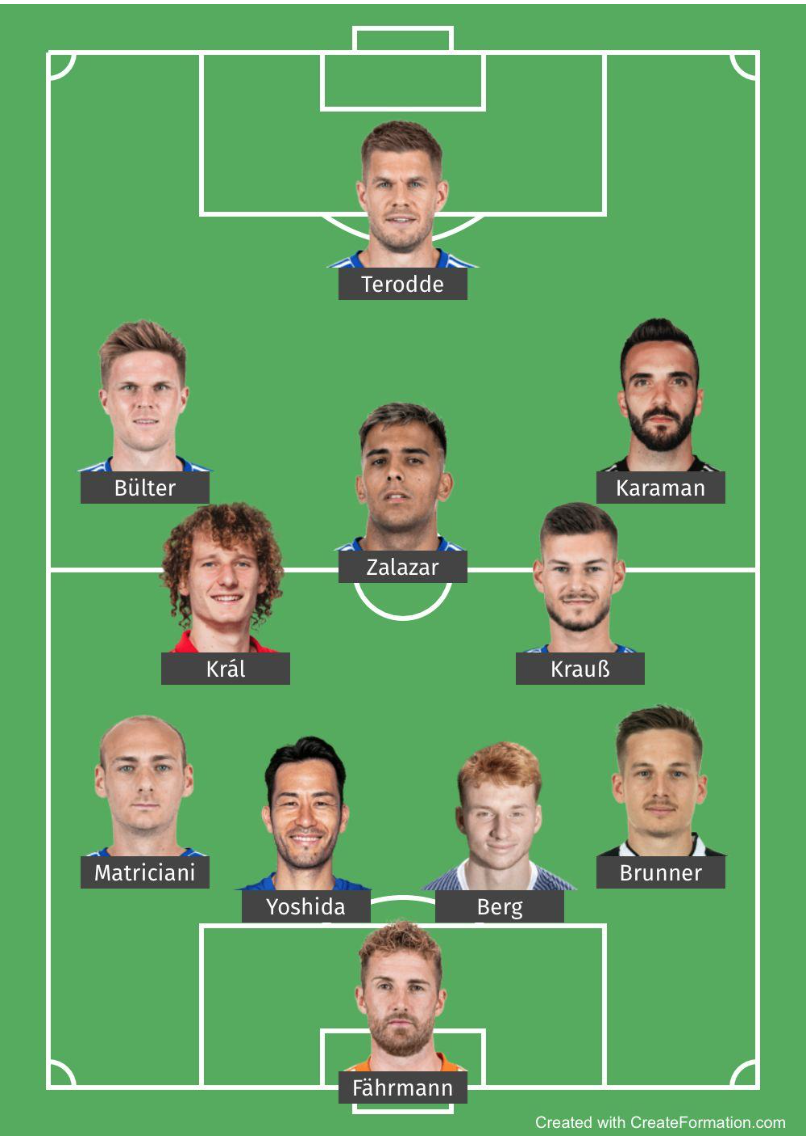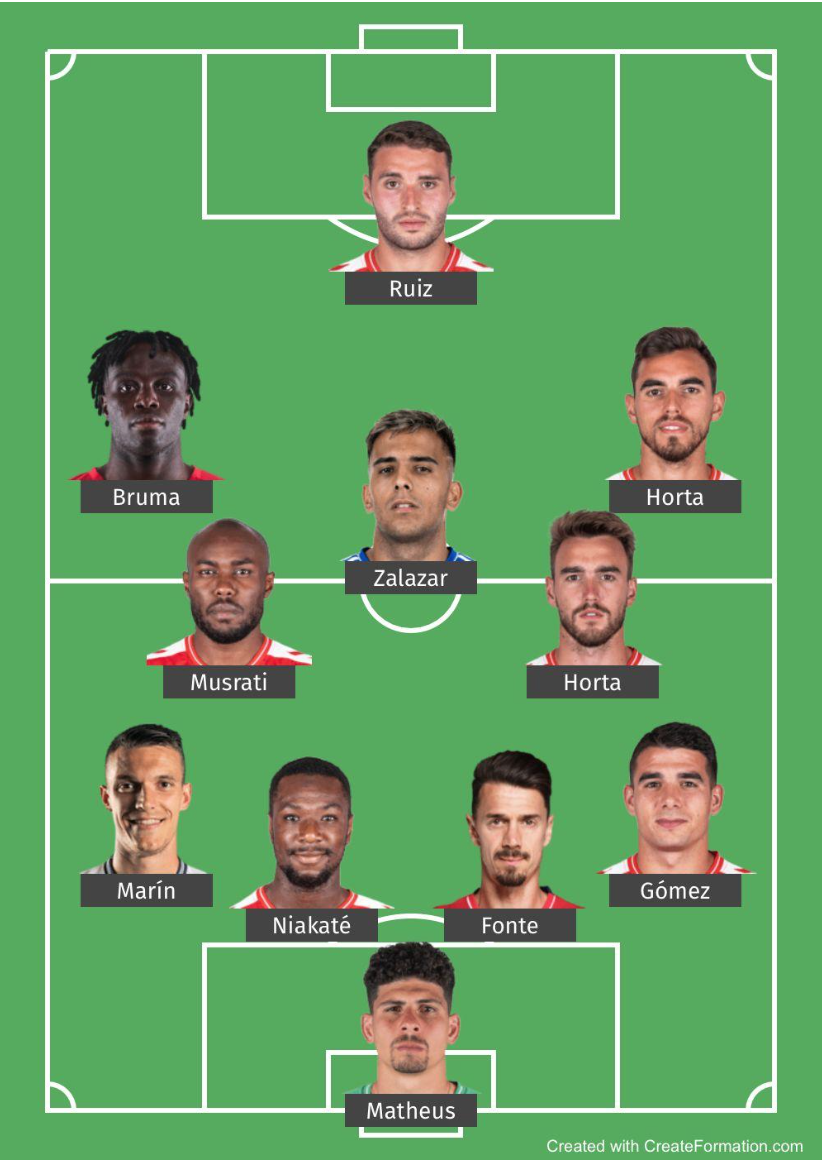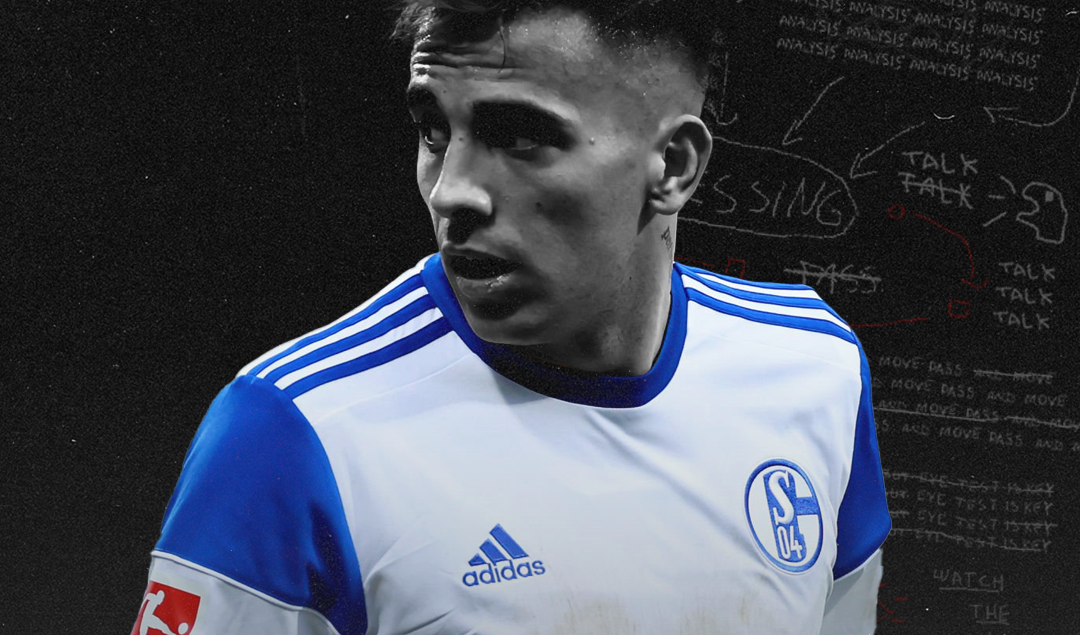Rodrigo Zalazar: Braga’s Uruguayan Recruit
Club: SC Braga
Nationality: Uruguay
Position(s): AM, CM, RM, LM
Preferred Foot: Right
Height: 5’10”/178cm
Age: 23
Strengths: creativity, chance creation, distance shooting, pressing, dribbling, agility
Areas for Improvement: decision-making, composure, finishing, goal output
After a season that would see them reach the Taça de Portugal Final, finish third and qualify for the third qualifying round of the UEFA Champions League, where they’ll be playing Serbian side Backa Topola, Braga have had a promising start to the transfer window, retaining three key players on permanent deals — Bruma, Sikou Niakaté and Víctor Gómez — signing Spanish left back Adrian Marín and Brazilian defensive midfielder Vítor Carvalho from Gil Vicente and adding European champion and Portuguese center back José Fonte and Portuguese winger Rony Lopes on frees.
Whilst they have lost Iuri Medeiros to Emirati side Al-Nasr, they have brought in 23-year-old attacking midfielder Rodrigo Zalazar from Schalke to fill the Portuguese’s void, paying €5 million to sign him from recently relegated side Schalke. The son of former Uruguay international footballer José Zalazar, he grew up in Spain but departed in 2019, joining Eintracht Frankfurt before heading out on loan to Poland and Germany’s second tier. He joined Schalke on loan with an option to buy, scoring 6 goals and 7 assists and playing a vital role in their promotion, but he was unable to prevent them from dropping back to the German second tier.
After Marco Vanzini, Luis Aguiar and Emiliano Velázquez, Zalazar is the fourth Uruguayan to play for the Arsenalistas, joining on a five-year contract after making his international debut for La Celeste on June 15, scoring a brace in a 4-1 win against Nicaragua. The Uruguayan playmaker is very creative and has great vision, enabling him to create some good quality chances. With 2.38 key passes per 90, one goal and six assists in 22 appearances for a Schalke side that finished 17th, he was crucial in floating around the box and playing through balls to his teammates, creating dangerous chances for the Miners.
The 23-year-old has 7.84 crosses per 90 (top 2%), although this number is inflated due to set-pieces/corners with Zalazar making 7.22 dead-ball passes per 90. However, his quality of delivery is an asset to his team, especially with an aerially dominant striker leading the line — he could take some of the creative pressure of Ricardo Horta’s shoulders and provide a playmaking threat for Braga’s center forward, be that Abel Ruíz or Simon Banza.
He is a very silky dribbler, boasting a low centre of gravity and top agility which enables him to keep the ball close to him in tight spaces and drift away from challenges. Zalazar has 5.65 take-ons attempted (2.38 being successful), further displaying how much he loves to carry the ball and take on his opponent, and he particularly thrives in the half-spaces.
Like many Uruguayans, Zalazar has that typical aggression, Charrùa mindset and high-pressing style that has allowed La Celeste to flourish on the international stage. His engine and stamina enable him to get around the pitch and cover a lot of ground, helping him to recover the ball on several occasions(6.61 ball recoveries). This helps him to lead the press and be a leader through his actions.
Zalazar is a great shooter from distance as well. He loves to shoot from outside the box and has 2.59 shots per 90 (top 20%), but he only scored one goal from this number of shots per 90, showing that his finishing ability needs work. He did have an xG of 3.1, and if he can take strides in his finishing ability, he could very well emerge as a key player in attack for Artur Jorge’s side.
A clear area for improvement is his decision-making. Often Zalazar tries to do too much or the ‘special’ pass. This is expected due to the nature of his role being the primary flair creator, which means he does some ‘high-risk/high-reward’ passes, but hesometimes lacks composure in the final third as he rushes his chances (hence why his finishing isn’t always the best).
Schalke would typically operate in a 4-2-3-1 with Alex Král partnering Tom Krauß in the double pivot, with the two tasked with winning the ball back and progressing it to the more creative players like Zalazar, the primary creative force for the team in the #10 role.

With this in mind, there are several different roles that Zalazar could suit for Braga’s system. Their set-up in 2022/23 was a 4-4-2 with two defensive-minded midfielders and where the RM/LM played very narrow & created from the half-spaces before linking up with the overlapping fullbacks. One of the strikers (Abel Ruiz) would stay central as a target man, whilst the other (Ricardo Horta) would drop into the half-space to play behind the striker and amongst the narrow RM & LM, essentially a variation of the 4-2-3-1.

We could see Zalazar operate as the second striker behind Abel Ruíz whilst Ricardo Horta could move to the right or left flank, although it’s likely that he will play on the right to fill Iuri Medeiros’ void. Bruma, Zalazar and Horta could play in each of these three positions behind Ruíz or potentially Banza, and they should be able to interchange positions and create chances for the center forward to finish off.
Braga have broken into the top three and have returned to Europe’s elite competition after more than a decade-long absence thanks in large part to a stellar attack — only Benfica (82) have scored more than the Arsenalistas (75). Despite losing Iuri Medeiros, they have set themselves up to have yet another enthralling display of attacking options this season with the arrival of Rodrigo Zalazar.
By: Ben Mattinson / @Ben_Mattinson_
Featured Image: @GabFoligno / Martin Rose / Getty Images
